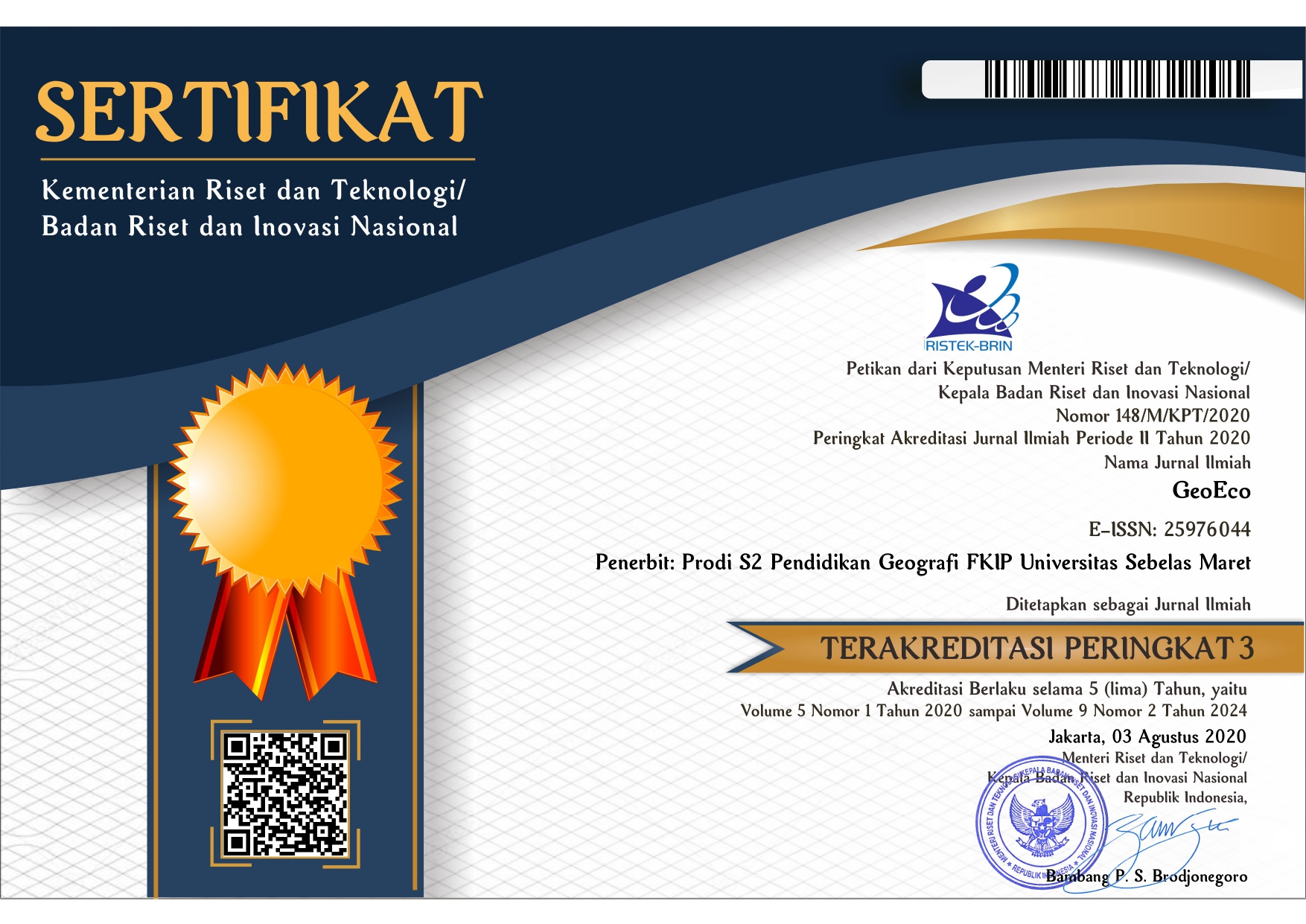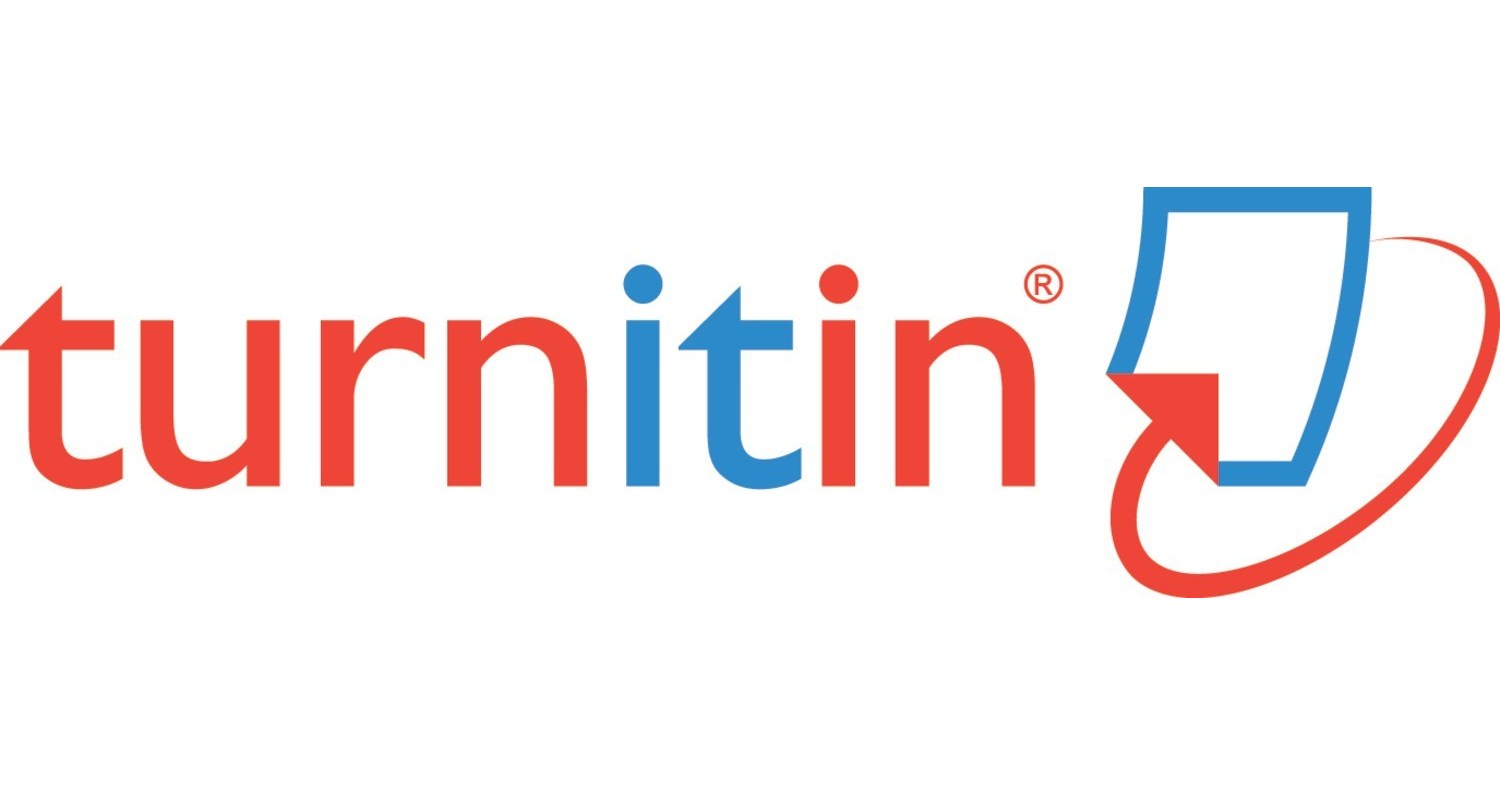IMPLEMENTATION OF ACTIVE LEARNING TWO STAY TWO STRAY COOPERATIVE MODEL IN SOCIAL STUDIES
Abstract
In the 2013 curriculum, learning is focused on student centers or known as active learning. This study aims to determine the obstacles faced in implementing active learning two stay two stray cooperative model and their effects on social studies outcomes of junior high school students. This research is a classroom action research with research subjects in the form of 8th grade students of Surakarta 9th Junior High School, Surakarta City, Central Java Province. The research method used in data collection is a participant observation method in which the researcher acts as a teacher to find out the obstacles when implementing active learning two stay two stray models and the test method is used to measure the ability of student learning outcomes. The data analysis technique used is comparative descriptive analysis and critical analysis. The results of this study are (1) there are four aspects that become obstacles when applying active learning two stay two stray cooperative model in social studies subjects namely aspects of time management, classroom management, learning resources, and student activity. (2) active learning two stay two stray cooperative model very effective in improving student learning outcomes.
Keywords
Full Text:
PDFReferences
Alrayah, H. (2018). The Effectiveness of Cooperative Learning Activities in Enhancing EFL Learners’ Fluency. English Language Teaching, 11(4), 21. https://doi.org/10.5539/elt.v11n4p21 Ari, D., & Sadi, Ö. (2019). Effectiveness of Cooperative Learning on Students’ Achievement in Genetics, Self-Efficacy, and Conceptions of Learning Biology. I.E.: Inquiry in Education, 11(2), 4. Darmawan, I. P. A., & Sujoko, E. (2013). Revisi Taksonomi Pembelajaran Benyamin S. Bloom. Satya Widya, 29(1), 30. https://doi.org/10.24246/j.sw.2013.v29.i1.p30-39 Fink, L. D. (2003). Creating significant learning experiences for EAL learners. Jossey-Bass Higher and Adult Education Series, 317. Hafid, H. A. (2011). Sumber dan Media Pembelajaran. Jurnal Sulesana, 6(2), 69–78. journal.uin-alauddin.ac.id Hamdani, A. S. (2009). Taksonomi Bloom dan SOLO untuk Menentukan Kualitas Respon Siswa terahadap Masalah Matematika. Harsanto, R. (2007). Pengelolaan kelas yang dinamis : Paradigma baru pembelajaran menuju kompetensi siswa. Kanisius. Huda, M. (2014). Model-Model Pengajaran dan Pembelajaran. pustaka pelajar. Koç, R. A. Y., Okumuş, R. A. S., & Öztürk, B. (2013). Effect of Cooperative Learning Model on Science and Technology Laboratory Practices Lesson. International Journal on New Trends in Education and Their Implications, October, 42–57. Lie, A. (2007). Koorperatif Learning (Memperaktikkan Coorperative Learning Di Ruang-Ruang Kelas. Grasindo. Sardiman. (2012). Interaksi Dan Motivasi Mengajar. Rajawali Press. Tiger, T. H. (1994). Time Management: Test of a Process Model. Journal of Applied Psychology, 79(3), 381–391. https://doi.org/10.1037/0021-9010.79.3.381
Refbacks
- There are currently no refbacks.












.png)

